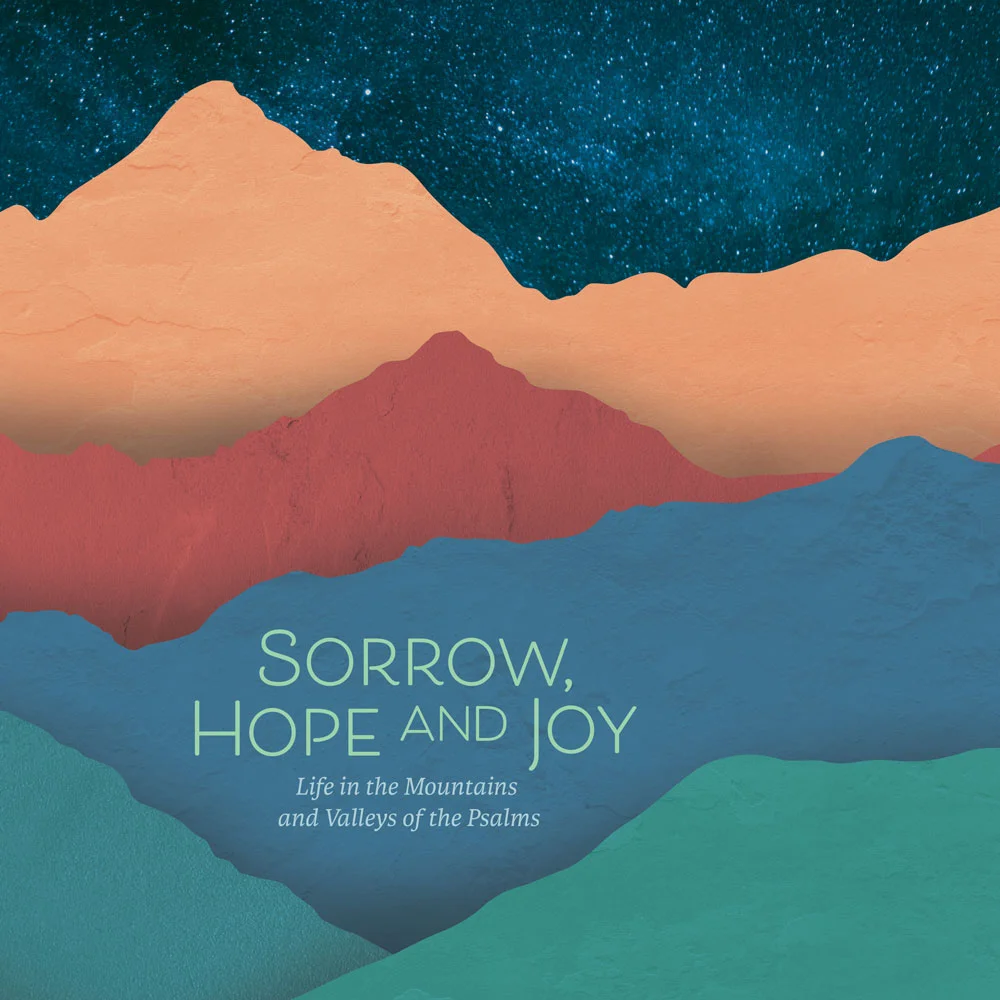Beyond Red and Blue
A new normal has come to Washington and it is not good. In one survey, huge majorities of respondents say they have a higher opinion of root canals, head lice, colonoscopies, traffic jams, cockroaches, and Brussels sprouts than the U.S. Congress. It’s pretty funny, but also very troubling. Why does the first branch, the people’s branch, get such low marks? And who’s to blame? Congress or the people it represents?
These questions are not necessarily easy to answer, but part of the answer lies with the hyper-polarization of American politics. Both within Congress and among the American electorate, partisan polarization—the wide and growing ideological and policy gap between Republicans and Democrats—is now the single most important factor explaining political behavior. Should people of faith care about this growing divide and the concomitant animosity between the two parties?
After WWII, the two parties in Congress were relatively ideologically diverse. The Democratic Party contained mostly moderates but also some conservatives and liberals. The Republican Party was comprised of mostly moderates and conservatives but also a few liberals. However, by the mid-1990s, the congressional parties had sorted themselves both ideologically and geographically. Moderate-to-liberal Congressional Republicans (who were mainly in the Northeast) and conservative Democrats (who were primarily in the South) had mostly disappeared, leaving few moderates in the Congress. The ideological gap between the Congressional parties has continued to widen in both the House and Senate.
In the public sphere, the share of the electorate who hold ideologically consistent views has doubled since the late 1970s. While a majority of Americans still do not have uniformly or consistently conservative or liberal views about public policies, a growing share are ideological voters who tend to be political activists with disproportionate influence. Given the increasing ideological gap, divisions between Republicans and Democrats on current policy issues—such as race, immigration, and aid to the poor—have grown and the gap is now at record levels. [1] While most citizens believe their representatives should meet halfway to resolve contentious disputes, the ideological voters are not likely to want them to cooperate with the other side. Thus it is not surprising that it is nearly impossible to reach bipartisan agreements to fix big issues in the country.
Alongside these changes has been a growing partisan antipathy, an animosity, or perhaps a loathing among members of Congress and partisans in the public toward the opposing party. According to the Pew Research Center, between 1994 and 2014 “the share of Republicans who have very unfavorable opinions of the Democratic Party” and “the share of Democrats with very negative opinions of the Republican Party” both jumped sharply, with many partisans going so far as to see the other side as a “threat to the nation’s well-being.” [2] Today, the contempt that many Republicans and Democrats have for the opposing party is deeper and more extensive than at any point in the last two decades. Indeed, the anger and hostility felt by partisans toward the other party is a stronger motivator for partisan voting behavior than are the policy differences between the parties. Candidates for office have every incentive, Thomas Edsall writes, “to inflame partisan negativity” to motivate their core voters to get to the polls to vote against the other party’s candidate. [3] So it is not surprising that social media is filled with characterizations of Democrats as unpatriotic or Republicans as uncaring.
Political polarization in our time has undermined democracy’s effective governance by creating policy gridlock. It has also undermined citizens’ confidence in their governing institutions. Democracy requires the voters to have the ability to hold office holders accountable for their performance. But why should an elected official bother with fulfilling policy promises made during a campaign when they can just continue to denigrate and demonize the opposition to mobilize support?
How ought people of faith to think about these matters? Do we have an obligation to enter into political space at all? And if so, how do we bring light to the public square when so often Christian leaders have led the way to defame or dehumanize their opponents? Should we engage as a nonpartisan participant or should we become involved as a partisan seeking to repair the damage that has been done? Should Christians build relationships with someone from another party to try bridge gaps? Can we engage in party politics without loathing the opposing party? Should a Christian call their own party’s officials or candidates who engage in political anger to a higher standard?
The questions are relatively easy; the answers are as difficult as eating Brussels sprouts.
—
[1] See these graphics from the Pew Research Center showing the growing partisan gaps on aid to the needy, racial discrimination, and immigration.
David Dillman is leading the Beyond Red and Blue: Political Engagement and Religious Freedom pathway at ACU Summit 2019. Visit acusummit.org to explore this pathway and many others.








